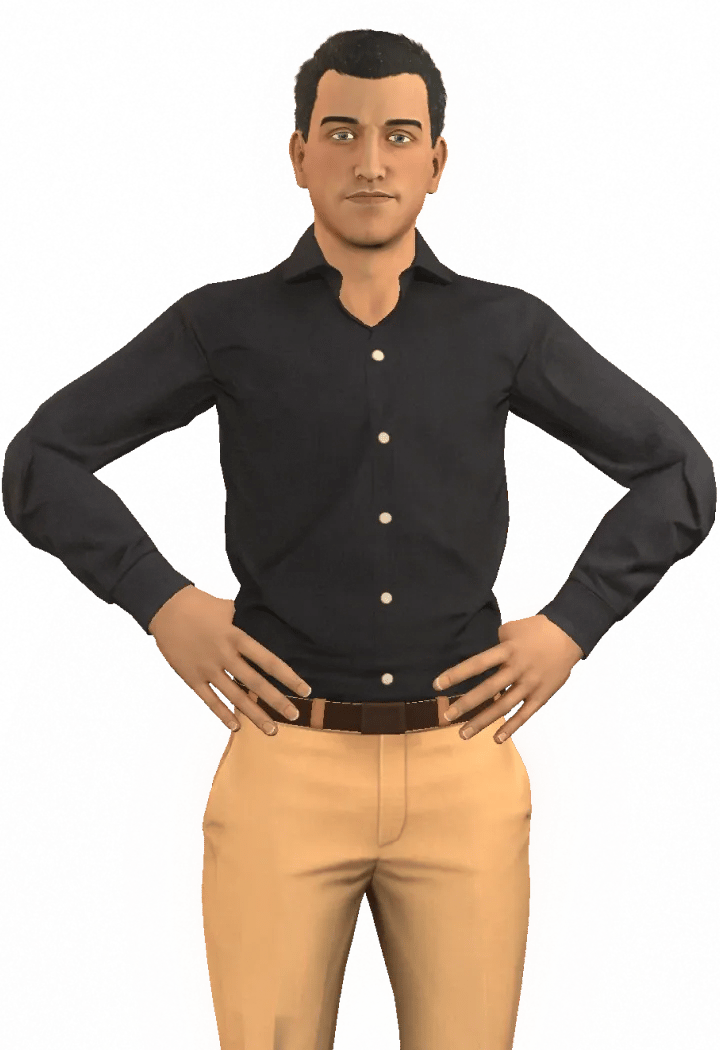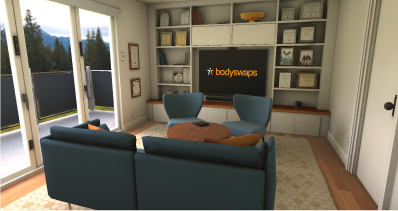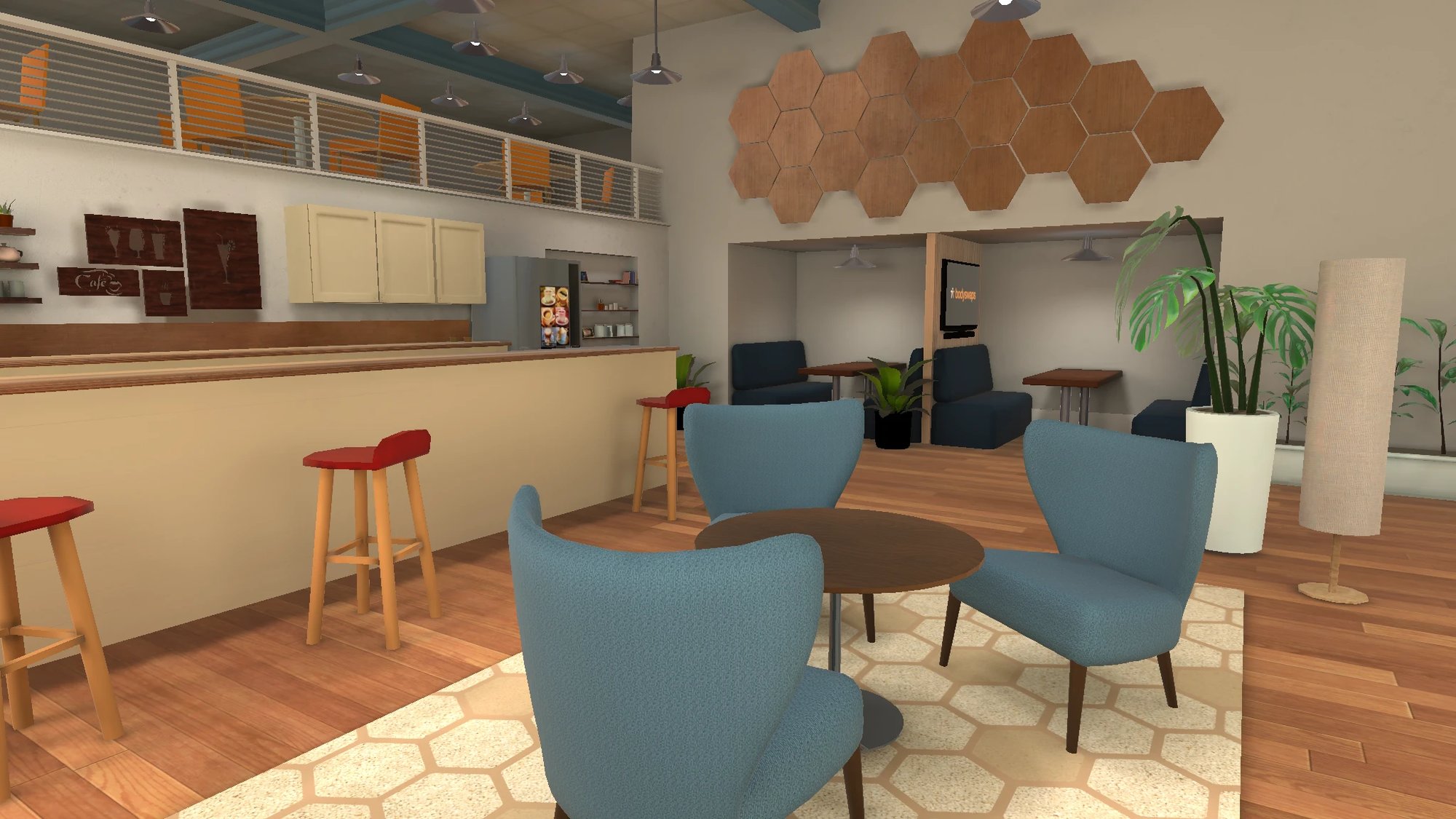Let’s Talk About Race:
Recognising Privilege
Tutor Notes
Privilege and oppression are two sides of the same coin. Where systems exist that benefit one group, they create a barrier for others.
This simulation tackles essential, but often uncomfortable conversations about the role of privilege in perpetuating power imbalances in our society and asks - what is it, who has it, and what can we do about it, if we want to create a more equitable society?
This simulation has been co-developed in collaboration with subject matter experts from George Brown College.
Before reviewing this document, we strongly encourage tutors to complete the activities in Recognising Privilege for themselves.
About this resource
Key learner outcome and goals
Learning Outcome
Explore how privilege (or lack of it) shapes our lives
Learning Goals
- Understand privilege
- Explore the relationship between intersectionality and privilege
- Identify privilege
- Unwrap the myth of meritocracy
A word about terminology
As a medium, Virtual Reality is not best suited to didactic teaching methods.
However, our intention is that all Bodyswaps modules follow a student-centred constructivist pedagogy. This means creating rich experiences in which learners can explore key concepts and ideas and reach their own conclusions.
This is why our documents speak in terms of learning goals and outcomes, rather than measurable ‘learning objectives’ (a la Bloom’s Taxonomy) per se.
Module structure
Recognising Privilege is comprised of five topics, plus ancillary activities such as onboarding, self-reflection, and the exit survey.
It is a linear experience, meaning the learner will be guided step by step through all the activities by the coaches.
We recommend that learners fully interact with each activity to get the maximum benefit.
It is estimated that the complete module will take the learner approximately 30 minutes to complete, although completion times vary depending on whether the learner chooses to repeat topics to explore different options (encouraged) or fine-tune their freeform responses.
Learner Journey
.svg)
.svg)
.svg)
- Scaffolded conversation
- Freeform
.svg)
- Observation
- Self-counselling
.svg)
.svg)
.svg)
Characters
.webp?width=720&height=1050&name=nola%20(1).webp)
.webp?width=720&height=1050&name=abeeku%20(1).webp)
Abeeku
Virtual Coach.webp?width=720&height=1050&name=faye%20(5).webp)
Faye

Jeremy
Learning Environments

Tutor Room - Bodyswaps HQ
Rooftop Patio
.webp?width=705&height=398&name=environment_lecture_theatre_1%20(1).webp)
Lecture theatre

Café area
Purpose
Familiarise learners with the controls and navigation
Location
Characters
N/A
Duration
1:00
The first time learners use Bodyswaps, this onboarding sequence familiarises them with the features of the app, takes them through an avatar selection and embodiment activity, and prepares them for the experience to come.
During the induction, learners will:
- Find out how this training is different from the rest
- Select their avatar
- Discover their virtual journal
- Learn how to navigate and use the tools and settings
If the learner has already completed the induction during an earlier session and has logged on using the same credentials, they will go directly to the module introduction.
Purpose
Introduce the module and reflect on current confidence levels before beginning the activities
Location
Tutor room
Characters
Abeeku and Nola
Journal
Duration
The module begins with an introduction from the coaches, who discuss how having ‘privilege’ means being given access to or enjoying an unearned right, benefit or advantage, simply by belonging to a particular group or identity.
The coaches then introduce the themes that will be addressed within the module and invite the learner to complete a short likert-style self-reflection survey to indicate how confident they feel about the following key learning points:
- Understanding privilege
- Connecting intersectionality and privilege
- Identifying privilege
- Helping to build a more equitable society
These self-reflection questions will be repeated in the debrief at the end, to assess how the learner’s confidence levels have changed.
Note: If you wish to receive data about how the learner’s confidence levels have changed as a consequence of the training, it’s important that they complete this introduction and the debrief at the end.
Purpose
Help learners to reflect on personal privilege relating to race and how they can use it to benefit others
Location
Breakout room
Characters
Nola and Abeeku
Journal
Duration
The first step in clearing the ground for constructive conversations about privilege is to understand what it means to have lived without it.
In this gauge diagnostic activity, learners explore the concept by answering 6 statements relating to privilege and representation, customs, culture, beliefs, normalisation (vs othering) and historical injustices:
- When you were young, what were most of the heroes in movies and comic books like?
- How often do people want to touch your hair?
- How easily can you find things like food, music, clothes and hair products that fit with your racial or ethnic identities?
- How do the dominant beliefs and customs of the country you live in reflect you?
- How do you feel when people are surprised that you are articulate, smart or attractive?
- What are the statues and monuments celebrating historical figures like where you live?
For each question, the learner chooses their response from three options that represent different levels of privilege. Feedback indicates where the learner’s experience sits on a scale of privilege and the virtual coaches explain that privilege - or the lack of it - isn’t just about the colour of your skin, or where you came from. It’s about the colour of your skin AND where you came from AND a whole lot of other things besides!
Purpose
Give learners a view of what intersectionality means in practice
Location
Outdoor patio
Characters
Abeeku, Nola and Faye
Journal
N/A
Duration
We’re all human. But differences in social identity mean that some people are afforded opportunities and advantages that others are denied.
In this activity, the learner explores the concept of social identity with the help of a young, Black student called Faye. Over the course of an intriguing and frank conversation, the learner is invited to guess various aspects of her social identities by selecting options that relate to:
- Race
- Gender
- Body size
- Ability
- Socio-economic status
- Neurodiversity
With each exchange, Faye explains how that particular aspect of her identity bestows privilege or disadvantage. In this way, the concept of intersectionality - how different aspects of a person’s identity combine, influencing access (or lack of access) to personal opportunities and advantages.
Faye then invites the learner to reflect on their own identities and speak out loud descriptions that apply to them. Commonalities between Faye and the learner are highlighted and the learner is encouraged to consider how everyone experiences privilege and disadvantage in a multitude of different intersecting and overlapping ways.
Purpose
Encourage learners to think about privilege from different perspectives
Location
Outdoor patio area / Lecture theatre
Characters
Abeeku, Nola and Jeremy
Journal
Duration
1:00
There are a multitude of different ways that systemic barriers limit people’s ability to exercise their full potential. But those in a position of privilege rarely perceive them as a problem.
This single category observation activity builds awareness of other people’s struggles by encouraging learners to think from multiple perspectives.
In it, we see Jeremy - a successful middle-aged, middle class, white male CEO - giving an ‘inspirational’ speech to a group of students about how to succeed in business.
Learners are challenged to click or tap to indicate various instances of privilege indirectly expressed in Jeremy’s monologue, including:
- University-educated parents
- Parents paid for his education
- Took a year to travel
- Influential connections
- Financial and living support
- Free facilities
- Financial backing
Visual feedback is provided in real time to indicate if the learner has correctly identified an unseen privilege.
Summary feedback is supplied at the end of the conversation, with a panel of buttons indicating which events were identified. Clicking on a button rewinds the animation to the corresponding instance and provides additional text information about its significance.
Purpose
Uncover the myth of meritocracy
Location
Cafe area
Characters
Jeremy and Abeeku
Journal
Duration
Meritocracy is the belief that class mobility can be achieved through talent and hard work. But real life isn’t as simple as that. Privileged people have access to better schooling, better jobs, higher status and income. Disadvantaged people have to overcome this structural barrier before they can even start to compete.
In his speech, Jeremy perpetuated the myth of meritocracy. Now that his speech is over, the learner finds themselves in the cafe with Jeremy and Abeeku.
Abeeku is trying to explain to Jeremy why his speech didn’t really hit the mark for him or some others in the audience; many of whom come from families that didn’t have the privileges that Jeremy described.
Jeremy is shocked and defensive, so Abeeku invites the learner to help Jeremy to understand why the secret to success isn’t quite as simple as ‘work hard and believe in yourself’.
Purpose
Debrief the learner upon completion of the training and prompt self-reflection
Location
Tutor room
Characters
Nola and Abeeku
Journal
Duration
The coaches congratulate the learner on completing the Recognising Privilege training.
Learners are then invited to repeat the likert survey from the beginning of the activity, to encourage them to reflect and self-report on how their confidence levels have changed following completion of the training with respect to:
- Understanding privilege
- Connecting intersectionality and privilege
- Identifying privilege
- Helping to build a more equitable society
Purpose
Assess the effectiveness of the training itself
Location
N/A
Characters
N/A
Journal
Duration
Before the learner leaves the module, they are asked to complete a short survey about their experience.
This survey is not compulsory, but the data helps us to assess the effectiveness of our product and identify any areas that need improvement. Clients also find it beneficial when assessing ROI.
They are asked to mark whether they agree or disagree with the following statements, on a 10 point scale:
- I would recommend this experience to others
- The experience helped me identify elements I could improve upon
- I have a better understanding of how to recognise and challenge microaggressions
